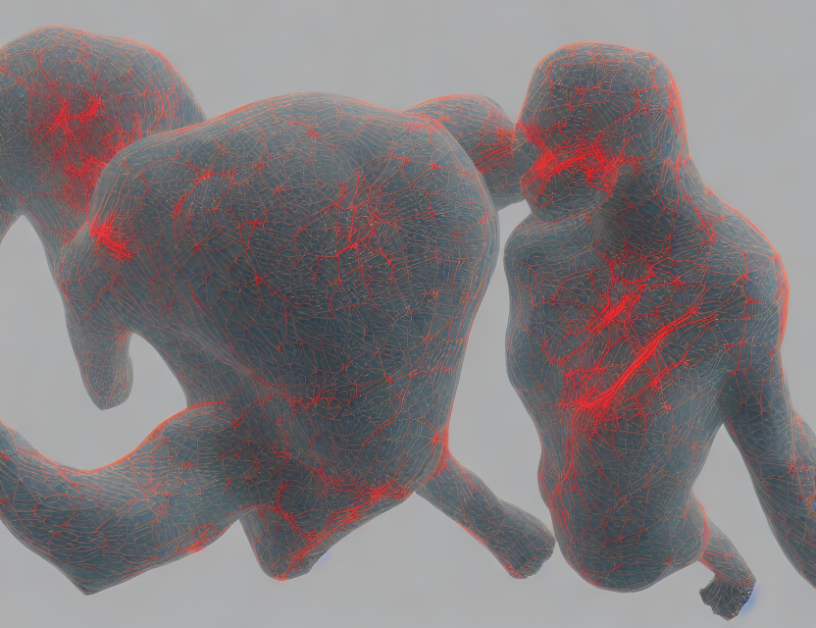In recent years, there has been significant progress in the field of text-to-3D content generation, with various approaches proposed to generate 3D content based on text inputs. This survey provides an overview of the state-of-the-art methods in this field, focusing on their strengths and limitations.
One of the key challenges in text-guided 3D content generation is the lack of accurate alignment between the initial coarse mesh and the SMPL-X model. This problem can be addressed by using techniques such as variational score distillation (VSD) or combination with image-conditioned diffusion models. However, these methods often suffer from oversaturation problems, which can be resolved by using techniques such as progressive optimization.
Another line of works in text-guided 3D content generation involves reconstructing 3D content from a single image by distillation. These approaches aim to alter the generation distribution by fine-tuning the diffusion network. Recent works have proposed using texture synthesis via diffusion models to generate high-quality text-driven 3D content.
In addition, there are several other approaches that have been proposed to address the limitations of existing methods, including using a combination of diffusion models and albedo, and developing methods that can support relighting tasks. These approaches aim to improve the quality and efficiency of text-guided 3D content generation.
In conclusion, text-guided 3D content generation has shown promising results in recent years, with various approaches proposed to generate high-quality 3D content based on text inputs. However, these methods still face several challenges that need to be addressed, such as oversaturation and lack of accurate alignment. Further research is needed to overcome these limitations and improve the quality and efficiency of text-guided 3D content generation.
Computer Science, Computer Vision and Pattern Recognition
Neural Volumetric Rendering of Humans Under Different Object Interactions



